Cats and their love for boxes have puzzled pet owners and scientists alike for years. Whether it’s a small shoebox or a large cardboard container, cats seem irresistibly drawn to confined spaces. This article delves into the science behind this peculiar behavior, shedding light on why your furry friend seeks refuge in cardboard corners.
The Evolutionary Roots of Cats’ Attraction to Boxes
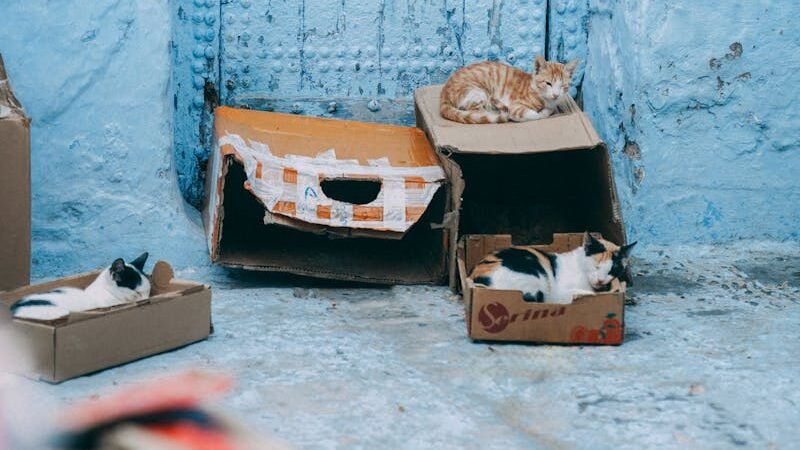
Cats are natural predators, and their ancestors relied on stealth and surprise to capture prey. Boxes offer an ideal hiding place, allowing cats to observe their surroundings while remaining unseen. This instinctual behavior is deeply ingrained, echoing the practices of their wild forebears.
The Security Offered by Enclosed Spaces
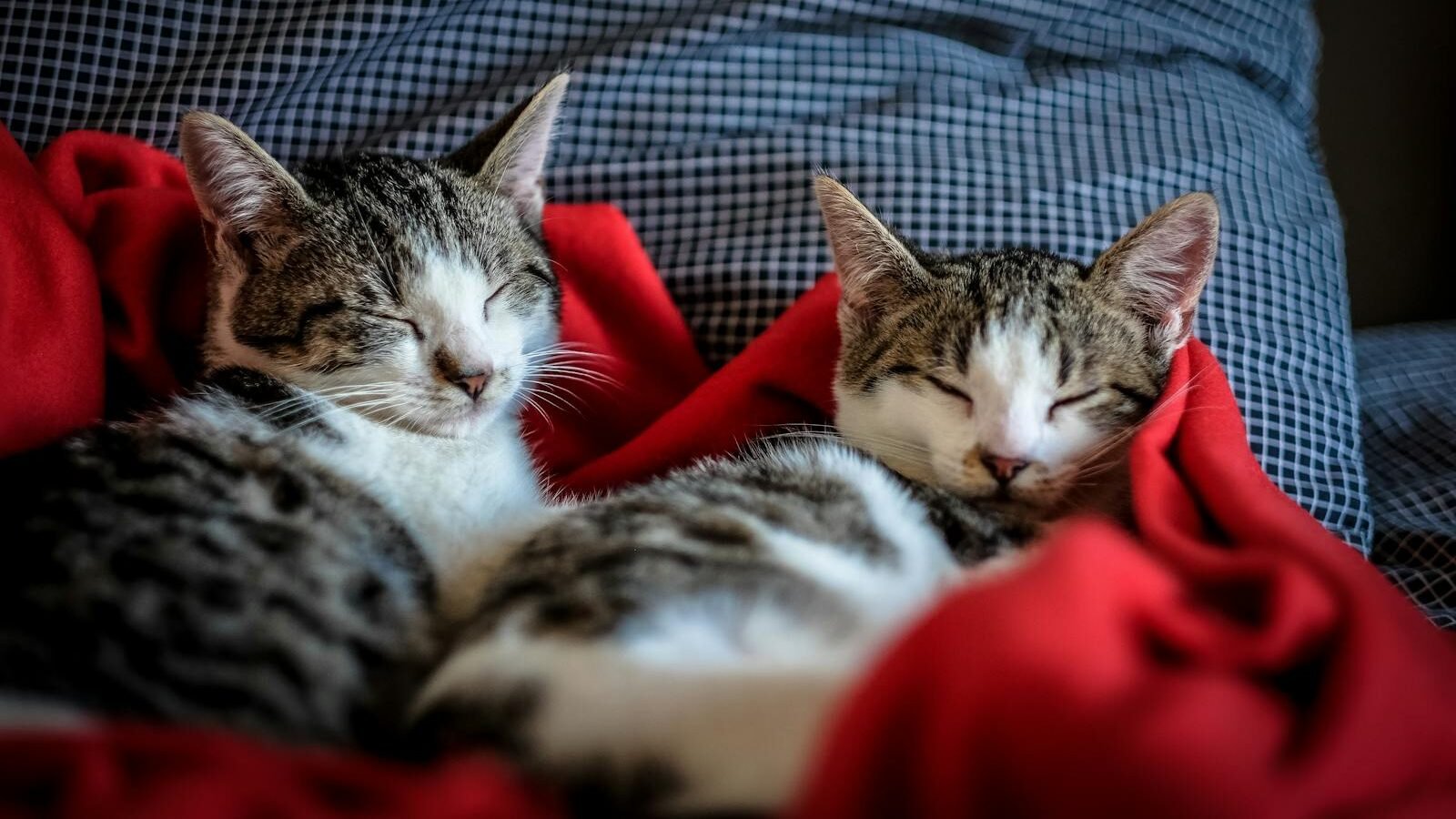
For cats, boxes provide a sense of security. Within the confines of a box, a cat feels protected from potential threats in its environment. This can be particularly comforting in a domestic setting where unfamiliar sights and sounds can cause anxiety.
Thermoregulation: The Warmth of Cardboard
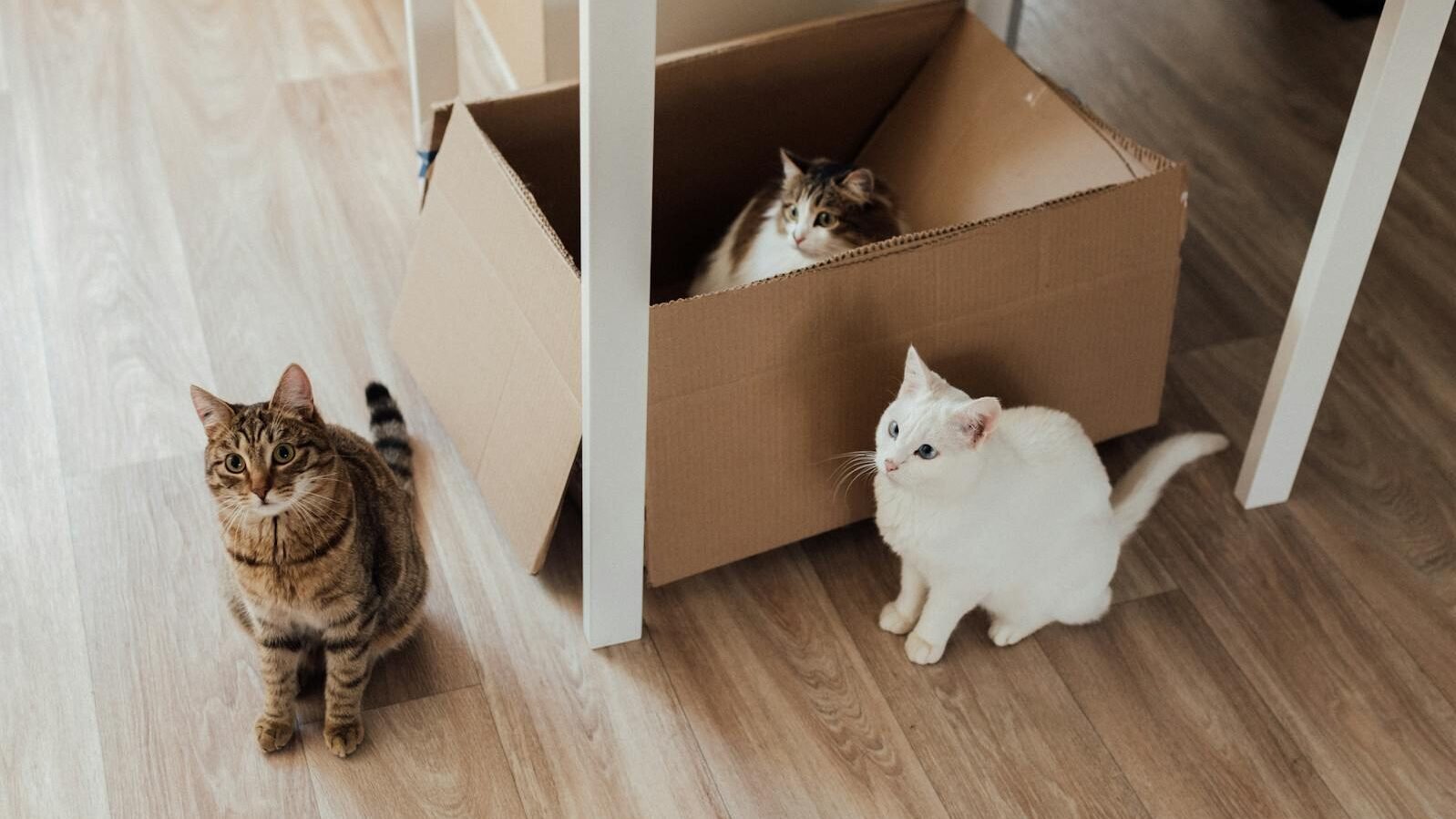
Cats have higher body temperatures than humans, making them seek out warm places. The insulating properties of cardboard make boxes a cozy retreat where cats can maintain their body heat. This is especially appealing in cooler climates or during winter months.
Stress Reduction and Comfort

Studies have shown that access to a box can reduce a cat’s stress levels. In a new environment or after experiencing change, cats are more likely to gravitate towards enclosed spaces that offer comfort and familiarity. This behavior can also facilitate quicker adaptation in shelter settings.
Exploration and Play: The Box as an Adventure Tool
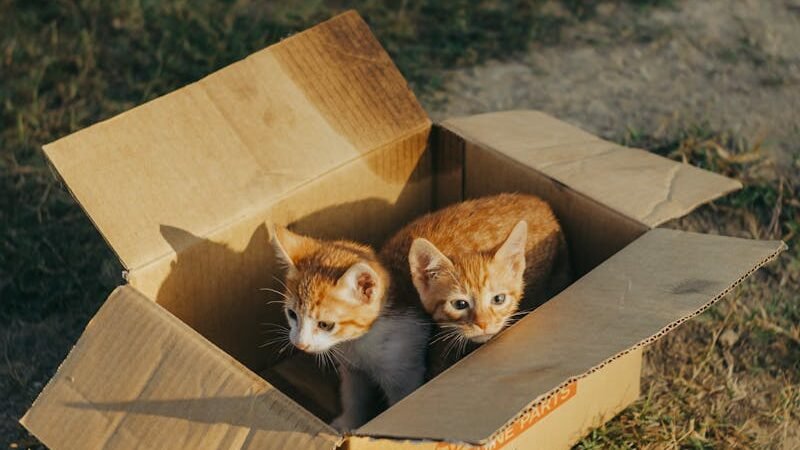
Boxes stimulate a cat’s natural curiosity and playful instincts. The structure of a box offers opportunities to jump into, climb out of, and explore different angles. This element of play is crucial for a cat’s mental and physical well-being, encouraging exercise and engagement.
The Role of Scent
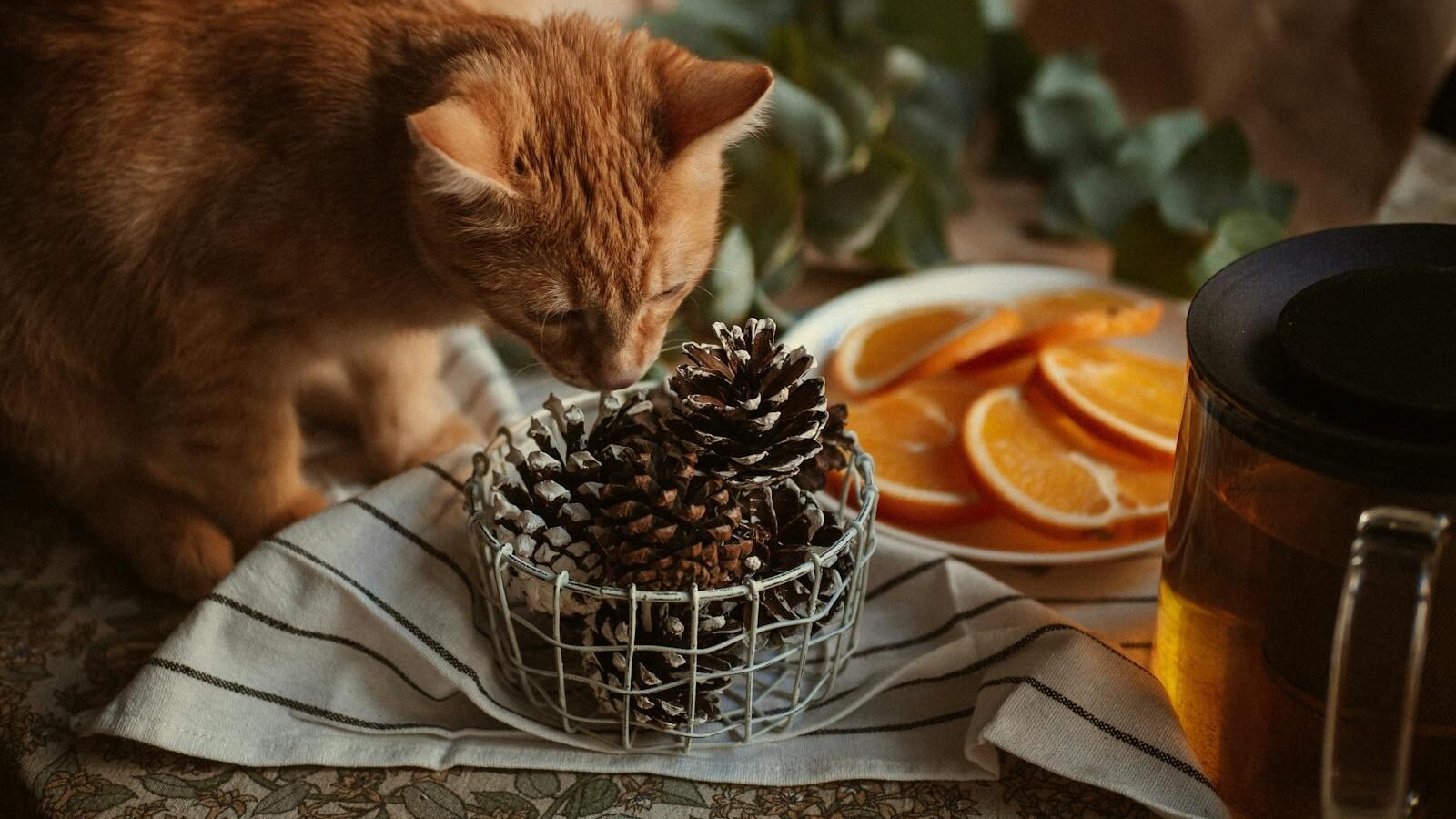
Cats have a highly developed sense of smell, and boxes can retain familiar scents that provide cats with comfort. A box that retains the scent of home or of the cat itself can become an area of personal space and ownership.
Social Interaction and Territory Marking
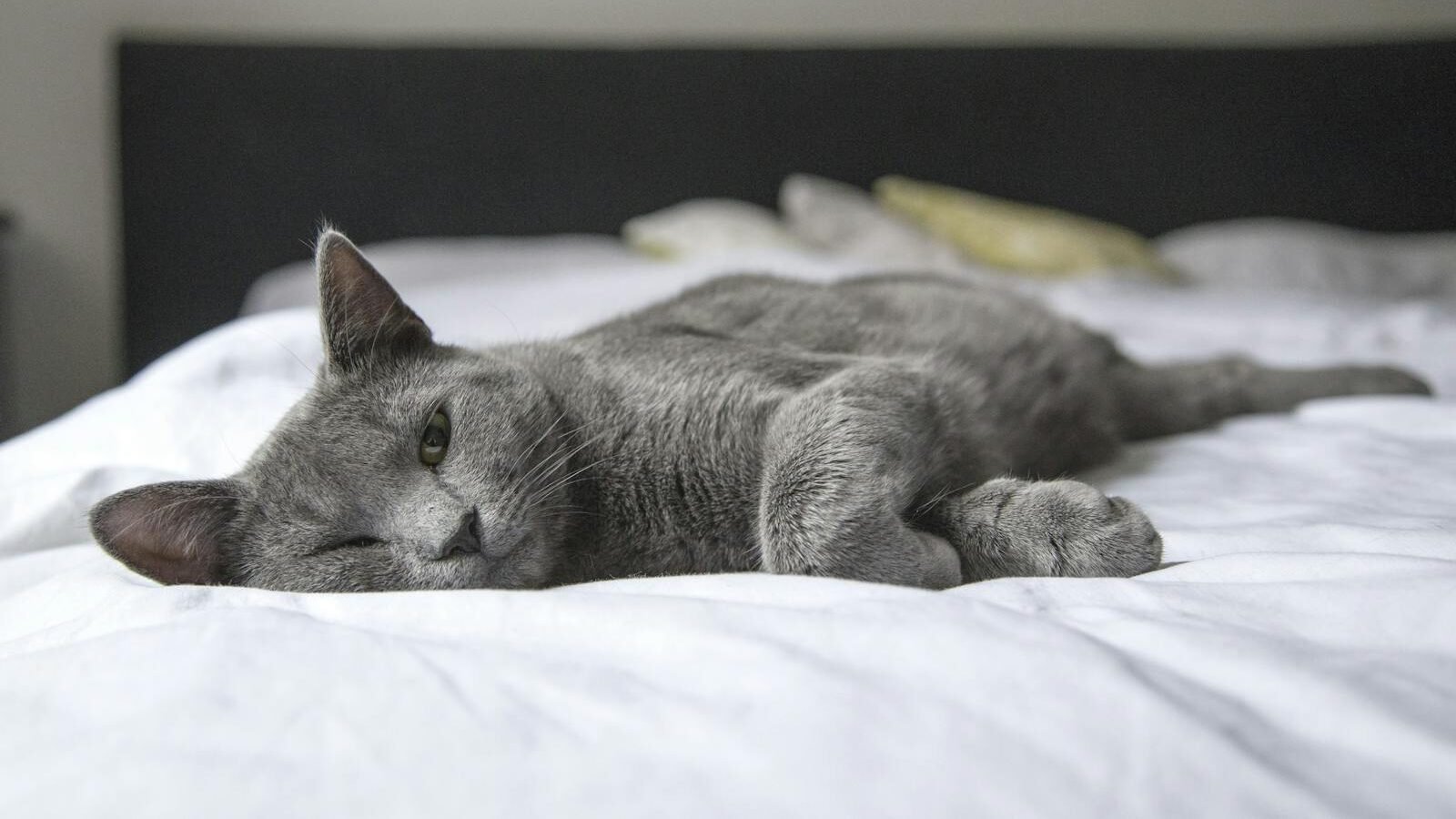
A box can act as a neutral meeting place for cats in multi-cat households. Its enclosed nature allows them to interact from a safe position, often reducing territorial disputes. Additionally, boxes can serve as areas where cats mark their territory through scent and clawing.
Boxes and Brain Stimulation
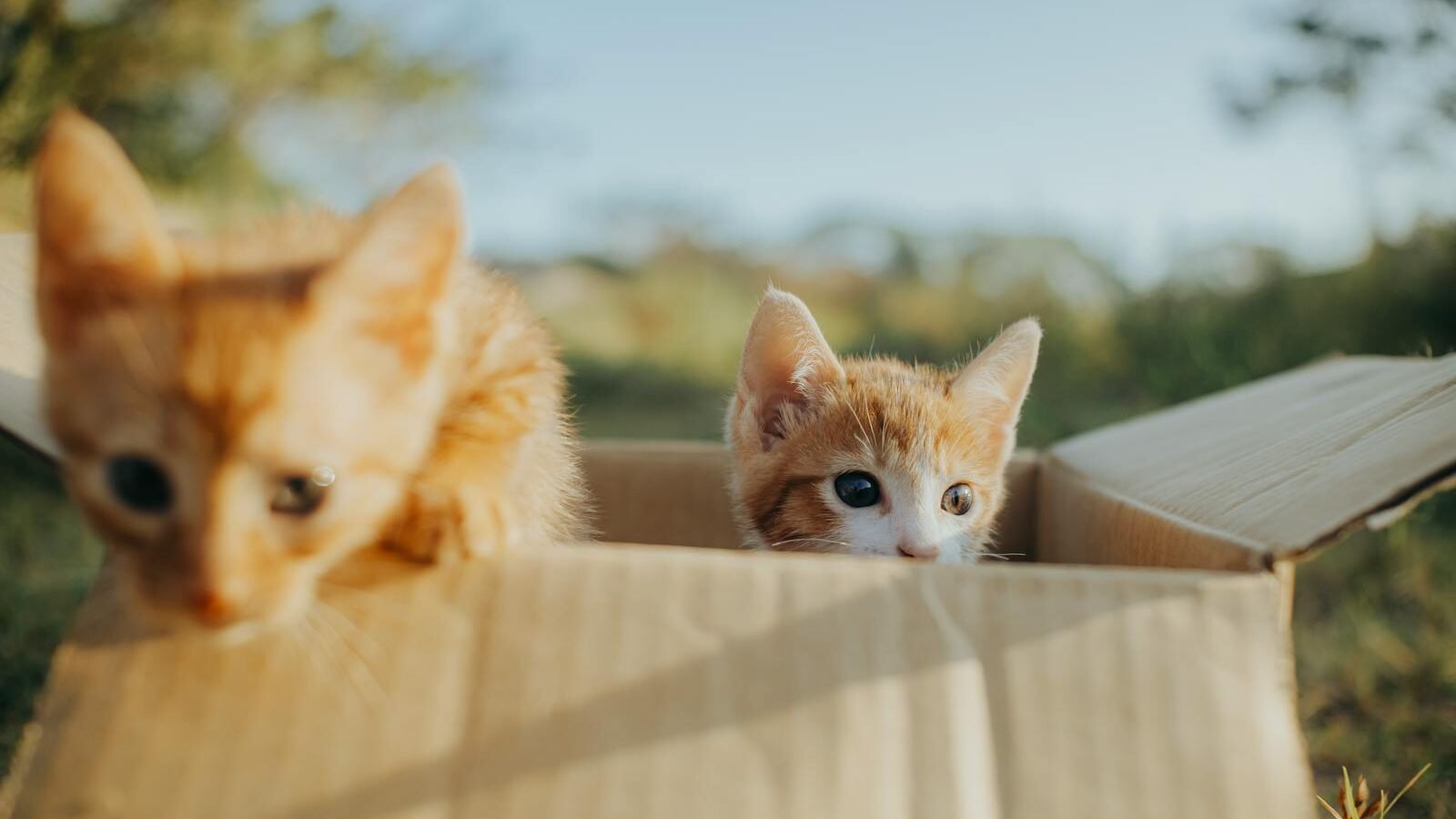
The unpredictable nature of a box—its edges, corners, and shadows—can provide mental stimulation for cats. This unpredictability keeps their senses sharp and offers a break from the monotony of daily life, similar to providing a new toy.
The Influence of Domestication
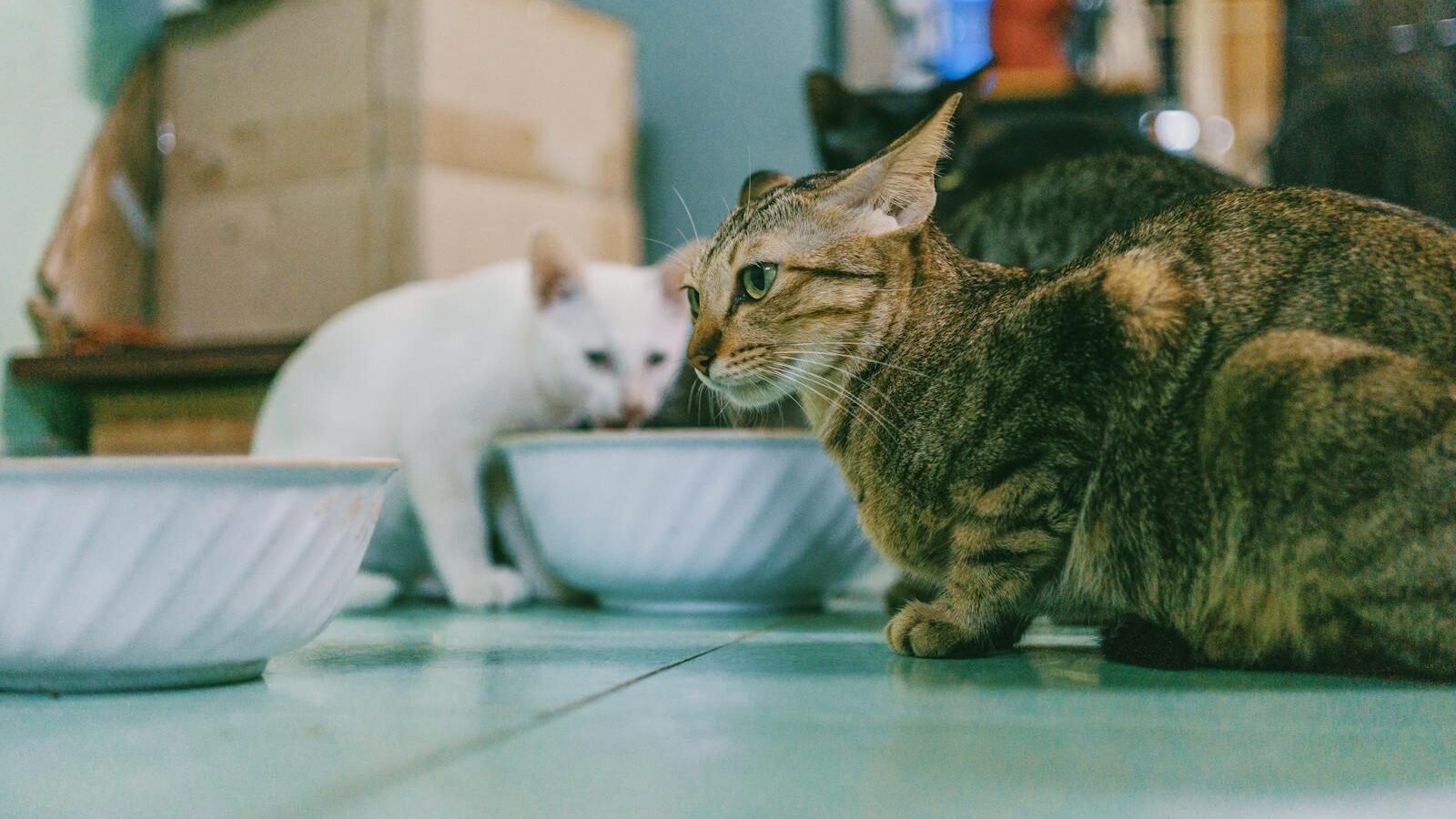
Domesticated cats have evolved alongside humans, and with that evolution, their natural behaviors have adapted to domestic settings. Boxes may not exist in the wild, but their characteristics mimic the small spaces found in nature, like burrows or den-like environments.
Conclusion: Embracing the Cat-Box Phenomenon
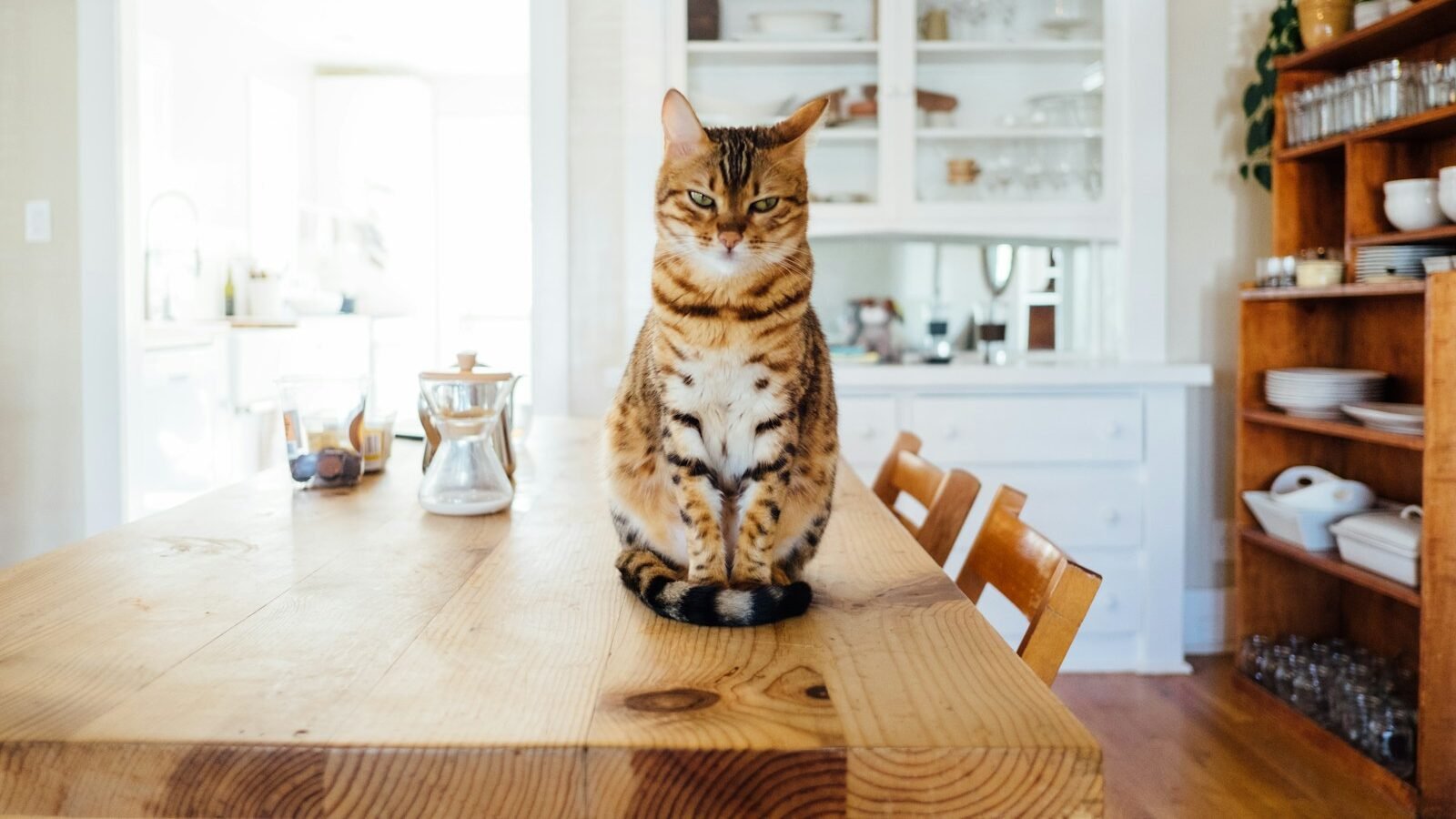
The simple cardboard box is much more than it appears, offering warmth, security, and stimulation to our feline friends. Understanding the science behind cats’ box obsession allows us to better meet their needs and enrich their lives, proving once again that the simplest objects can hold the greatest significance for our pets.

With over a decade of experience as a dedicated cat lover and enthusiast, I specialize in writing captivating content about all things feline. My expertise shines through in creating engaging and informative pieces that resonate with fellow cat lovers. As a proud cat parent to my beloved Duston, my personal connection to the world of cats adds authenticity and warmth to my work, making it relatable and heartfelt.






